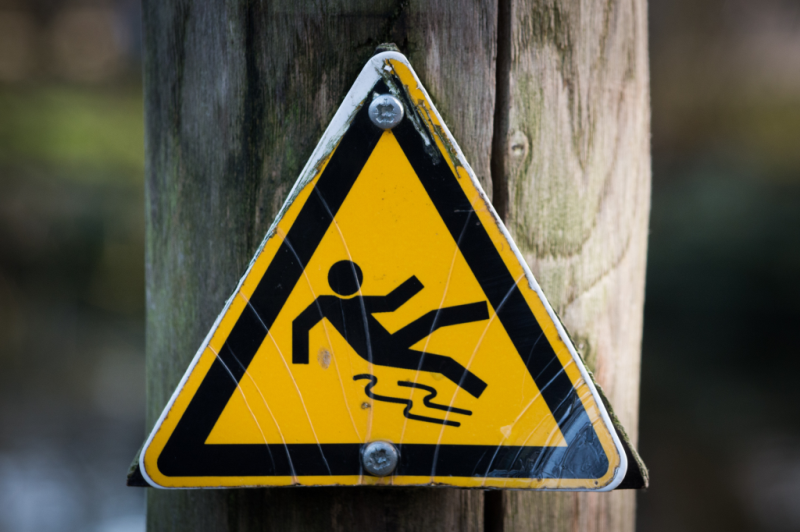 Maintaining health and safety in the workplace is vital. According to the HSE, workplace injuries cost the UK economy £14.9 billion between 2015 and 2016. Many companies cannot afford the cost of a big accident so it’s vital that employers strive to maintain a high standard of health and safety. Here are six tips to ensure that.
Maintaining health and safety in the workplace is vital. According to the HSE, workplace injuries cost the UK economy £14.9 billion between 2015 and 2016. Many companies cannot afford the cost of a big accident so it’s vital that employers strive to maintain a high standard of health and safety. Here are six tips to ensure that.
1. Inspect the Workplace
The first step to improving health and safety standards for your employees is to inspect the workplace and conduct a risk assessment. This will help you identify any potential hazards and pitfalls you might not notice otherwise.
This inspection will also help you see if your company’s getting risk control right and if so, how this is the case. For example, if it’s due to one person’s dedication or a particular procedure, the inspection will highlight that. You’ll also see any underlying problems and how they can be changed.
2. Create and Implement a Health and Safety Plan
 Once you know what hazards you need to protect against, you need to devise a health and safety plan to control and eliminate (if possible) them from your workplace.
Once you know what hazards you need to protect against, you need to devise a health and safety plan to control and eliminate (if possible) them from your workplace.
The structure of this plan will depend on the individual workplace because different jobs involve different hazards. For example, warehouse staff are exposed to hazards from heavy lifting, machinery and slips, trips and falls. Office workers, on the other hand, are exposed to slip hazards and eye strain from looking at computers all day.
That’s why when you’re coming up with this health and safety plan, ensure you cater it for the specific job role.
3. Train Your Employees
It’s vital that you provide your employees with the necessary training they need to carry out their jobs safely. For example, clear, written instructions, supervision and safe work procedures will help guide your employees.
If you don’t provide sufficient training, you’re putting both your employees and your reputation at risk if there’s an accident.
4. Regularly Consult with Your Employees
Hold regular meetings with your team to discuss health and safety issues. It’s a good idea to encourage them to share their thoughts and ideas freely as your workers can offer unique insights.
In addition, regular meetings keep your team in the loop with any important health and safety updates.
5. Regularly Inspecting Equipment and Processes, Investigating Incidents and Keeping Records
Ensure that equipment is regularly inspected and kept in good working condition. Make sure that your team stops using any faulty equipment immediately and that you arrange for it to be repaired or replaced. In addition, arrange inspections of the workplace so you can see whether your employees are following your health and safety procedures.
If there are any incidents, make sure you conduct an investigation to determine why it happened, even if it doesn’t result in a serious injury. This ensures that it won’t happen again.
Then, make sure you keep records of all of these investigations, inspections and equipment manuals to help you stay on top of health and safety trends.
6. Ensuring PPE is Used
Personal protective equipment (PPE) should be used to protect your employees from hazards. PPE requirements vary from job role to job role, so ensure that you provide equipment that protects your employees from the specific hazards they’re exposed to.
Health and safety should be an integral part of your business, not an afterthought. It ensures your employees, who are your greatest resource, are protected and this will help your business flourish. Happy employees mean harder workers, better productivity, a glowing brand image and greater revenue in the long run.


